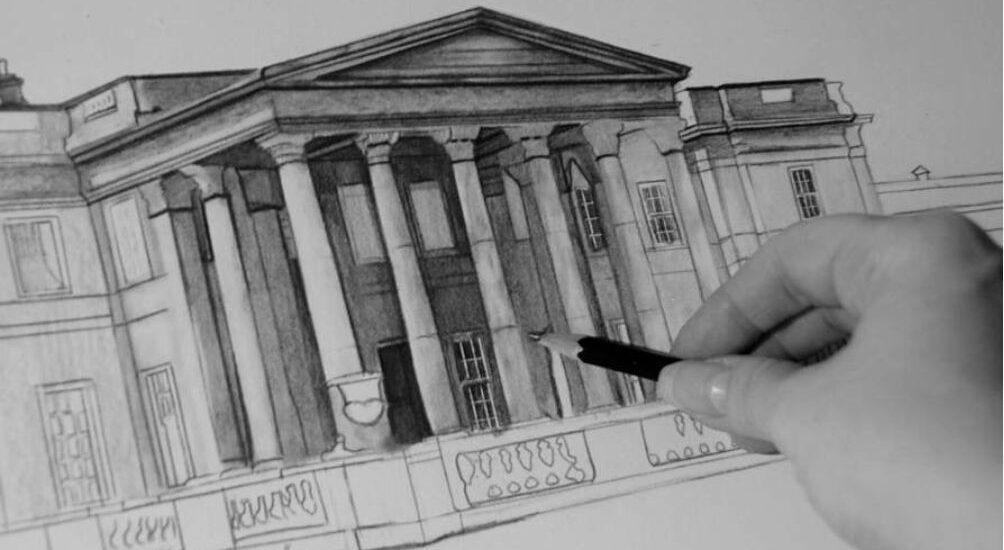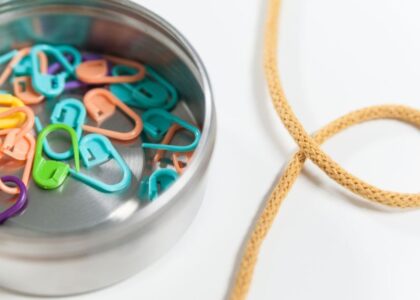Sketching pencils are fundamental tools for artists of all levels, from beginners to professionals. They are versatile, accessible, and capable of producing a wide range of effects, making them indispensable in the creation of art. This guide explores the different types of sketching pencils, their uses, and how to select the best ones for your artistic needs.
Types of Sketching Pencils
Sketching pencils come in various forms, each suited to different techniques and styles. Understanding the types of pencils available can help you choose the right tools for your projects.
1. Graphite Pencils
Graphite pencils are the most common type of sketching pencil. They come in a range of hardness grades, from very hard (H) to very soft (B). The scale typically ranges from 9H (hardest) to 9B (softest), with HB being the middle ground.
- Hard Pencils (H): Produce light, fine lines, suitable for detailed work and technical drawings.
- Soft Pencils (B): Create dark, bold lines, ideal for shading and expressive sketching.
- Medium Pencils (HB, F): Offer a balance between hard and soft, making them versatile for general use.
2. Charcoal Pencils
Charcoal pencils provide rich, dark lines and a range of textures. They are great for expressive and dramatic sketches. Charcoal comes in different forms, including hard, medium, and soft grades.
3. Colored Pencils
Colored pencils are perfect for adding vibrant hues to your sketches. They are available in a wide array of colors and can be used alone or in combination with graphite and charcoal for mixed media art.
4. Mechanical Pencils
Mechanical pencils offer consistent line thickness and are convenient for detailed work. They do not require sharpening, making them a practical choice for precision sketching.
5. Water-Soluble Pencils
Water-soluble pencils can be used dry or with water to create watercolor-like effects. They add a unique dimension to sketches, allowing for both detailed lines and smooth washes.
Uses of Sketching Pencils
Sketching pencils are incredibly versatile and can be used for a variety of artistic techniques and purposes.
1. Preliminary Sketches
Artists often use sketching pencils to create preliminary drawings before starting a painting or a more detailed piece of art. Graphite pencils are particularly useful for this purpose, as they can be easily erased and adjusted.
2. Detailed Drawings
For detailed, intricate work, hard graphite pencils and mechanical pencils are ideal. They allow for precise lines and fine details, essential for technical drawings and architectural sketches.
3. Shading and Texturing
Soft graphite and charcoal pencils are excellent for shading and creating textures. By varying the pressure and angle, artists can achieve a range of tones and effects, from soft shadows to bold, dark areas.
4. Expressive Sketching
Charcoal pencils and soft graphite pencils are perfect for expressive, loose sketches. Their ability to create bold, dynamic lines makes them ideal for capturing movement and emotion.
5. Mixed Media Art
Colored pencils and water-soluble pencils are great for mixed media projects. They can be combined with graphite and charcoal to add color and depth, or used with water to create unique, blended effects.
Choosing the Right Sketching Pencils
Selecting the right sketching pencils depends on your artistic style, the type of work you do, and personal preference.
1. Consider the Hardness
Think about the type of lines and textures you want to create. If you need fine, precise lines, opt for harder pencils (H). For bold, dark lines and shading, choose softer pencils (B).
2. Quality Matters
Investing in high-quality pencils can make a significant difference in your work. Professional-grade pencils offer better consistency, smoother application, and more vibrant colors for colored pencils.
3. Experiment with Different Types
Try various types of pencils to see which ones you prefer. Experimenting with graphite, charcoal, colored, and water-soluble pencils can help you discover new techniques and styles.
4. Consider the Paper
The type of paper you use also affects your choice of pencils. Rough, textured paper works well with soft pencils and charcoal, while smooth paper is ideal for hard pencils and detailed work.
Tips for Using Sketching Pencils
1. Keep Your Pencils Sharp
A sharp pencil provides more control and allows for finer details. Use a good quality sharpener or a craft knife to maintain a fine point.
2. Experiment with Pressure
Varying the pressure on your pencil can create different effects. Light pressure produces soft, light lines, while heavy pressure results in dark, bold lines.
3. Blend and Smudge
Use blending tools like tortillons, blending stumps, or even your fingers to blend and smudge graphite and charcoal. This can create smooth transitions and soft shadows.
4. Layer Your Colors
When using colored pencils, layering different colors can add depth and richness to your sketches. Start with light colors and gradually build up to darker tones.
5. Protect Your Work
Fixative sprays can help protect your sketches from smudging, especially if you’re using charcoal or graphite. Spray lightly and evenly in a well-ventilated area.
Conclusion
Sketching pencils are essential tools for any artist. Understanding the different types and their uses can enhance your artistic capabilities and bring your sketches to life. Whether you’re creating detailed technical drawings, expressive sketches, or colorful mixed media art, the right sketching pencils can make all the difference. So, gather your pencils, experiment with different techniques, and let your creativity flow.
For high-quality sketching pencils and other art supplies, visit Stokits. As an Authorized Wholesaler & Distributor in the USA, Stokits offers a wide range of art supplies, including yoga equipment, kitchen equipment, cotton pads, and buds. Contact us at sales@stokits.com for more information.





